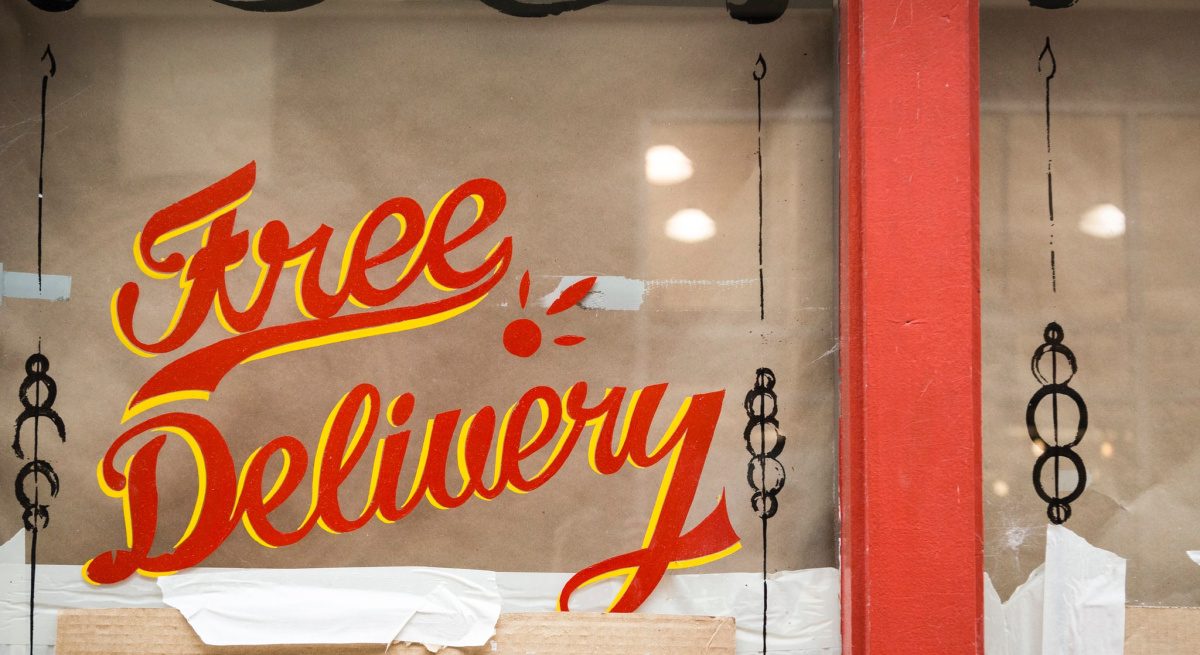The Positives and Pitfalls of Third-Party Ordering
3 Min Read By Maher Faik
In 2018, Grubhub reported $5.1 billion in food sales demonstrating a 34 percent increase from the prior year, according to the Associated Press. Meanwhile, Uber Eats expected to deliver $10 billion worth of food in 36 countries in 2019. DoorDash, Grubhub and Uber Eats are among the most popular third-party ordering (“TPO”) platform services on the market, which tout online ordering and delivery solutions to restaurant owners across the country.
Restaurants have many factors to take into consideration before signing the dotted line to join in on the TPO surge.
Restaurants have many factors to take into consideration before signing the dotted line to join in on the TPO surge.
On one hand, TPO services eat into profits, may increase delivery time and have the potential to disrupt business models. However, given the access to customers and additional revenue they may provide, do the benefits outweigh the negatives?
Among the benefits, using a TPO service may lessen the burden of in-house delivery, which requires hiring delivery drivers and the cost of additional insurance policies. Hiring employees is more difficult than ever given the nation’s low unemployment rate which is creating a competitive labor market. With some TPO services, restaurants only pay a pre-set delivery amount once an order is placed. Thus, expenses will only be incurred if there are equivalent orders to match.
TPO commission is a factor that must be considered carefully. The mandatory fee is typically 20 to 30 percent of any given order—a margin that may impact small business owners who do not have the cost built into their business models. If a restaurant does not have a strong foundation and business model in place, using a third-party service may do more harm than good. A thorough cost benefit analysis specific to the individual restaurant is essential in determining whether the costs is worth the revenue.
That being said, the use of such platforms can open up a strong new revenue stream, especially if owners are prepared with a solid foundation and staffed accordingly. Owners should prioritize converting customers to become repeat, organic customers and view the cost as equivalent to acquiring a new customer. In many ways, TPO platforms serve as a new advertising mechanism for restaurants. With TPO platforms getting to the top of search engine listings utilizing optimization – and tapping into a broad base of subscribers – they offer exposure to many new customers. TPO services are often thought to increase brand recognition and capture new customers, that have the ability to become repeat visitors through TPO. Such exposure can be bolstered by additional tactics to build on brand recognition during the customer experience.
Despite the unprecedented access to new customers, restaurant owners don’t gain direct access to the customer’s data through TPO services, making it difficult to convert one-time customers to repeat visitors. The experience of face-to-face interaction with the restaurant is also lost through TPO. The onus is on the restaurant to attempt to personalize and enhance the experience through branding and any promotional incentive print items to package with the order such as coupons, flyers, stickers and menus.
Owners should prioritize converting customers to become repeat, organic customers and view the cost as equivalent to acquiring a new customer.
In partnering with TPO services, an outside delivery driver appears to represent the restaurant, but may not be a good reflection of the brand. Problems with delivery time and quality, which can be entirely outside of the restaurant’s control, can reflect poorly on the establishment itself. Customers may inadvertently associate the issue with the restaurant, rather than the TPO service.
As the trend of third-party ordering and paying continues to grow, the service option can’t be ignored. There are many factors to take into consideration before partnering with a vendor like Uber Eats, Grubhub or DoorDash. A strong business model is key to utilizing these services to gain exposure and ease the burden of hiring in a manner that’s beneficial in the long run.
Ultimately, the decision to use (or not to use) third-party ordering to stay competitive in the market must be weighed at an individual restaurant level. Working with a certified public accountant or financial firm can help any restaurant owner navigate the positives and pitfalls third-party ordering services have to offer.


